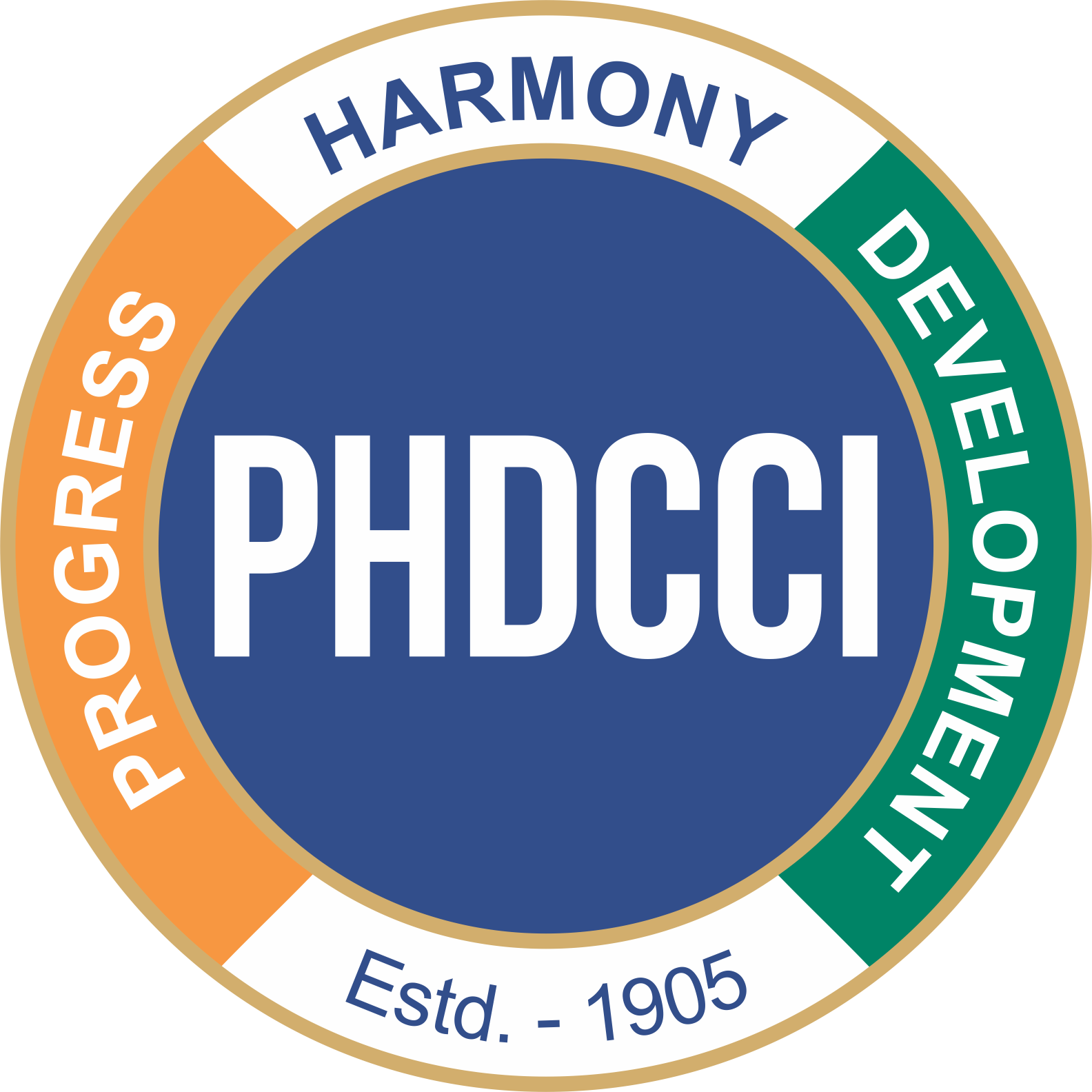No.PR-6
April 6, 2019
New Delhi
Demand for China’s products in India decelerating: PHD Chamber
While appreciating the remarkable turnaround by Indian exporters during April-January 2018-19, Dr Mahesh Y Reddy, Secretary General, PHD Chamber of Commerce and Industry said in a press statement issued here today that India has seen a major breakthrough in its exports to China during the last few months whereas the imports of Chinese products in India are decelerating.
India’s exports to China grew by 31% in April-January 2019, increased from USD 10 billion in April-January 2018 to USD 14 billion in April-January 2019, said Dr Mahesh Y Reddy.
Despite substantial volume of imports from China, of lately, India’s import growth from China shrunk from 24% during April to January 2018 to (-) 5% during April-January 2019, said Dr Reddy.
India’s trade deficit with China has also eased from USD 53 billion in April-January 2018 to USD 46 billion in April-January 2019, he added.
Presently (2018-19), China is India’s 3rd largest export destination and largest sources of imports to India.
The total trade between India and China witnessed a tremendous jump from USD 3 billion in 2001-02 to around USD 90 billion in 2017-18, said Dr Reddy.
India’s top ten imports from China comprise of 78% of the overall imports from China (Apr-Jan 2018-19). The majority of the share is held by Electrical equipments (HS-85) at 30%, followed by Mechanical appliances (HS-84) at 19%, Organic Chemicals (HS-29) at 12%, among others, said Dr Reddy.
Conversely, India’s top ten export items to China comprise of 81% of the overall exports to China (Apr-Jan 2018-19). The majority of the share is held by organic chemicals (HS29) at 19.4%, mineral fuels (HS 27) at 19.3%, Cotton (HS 52) at 10%, among others.
Over the past decade, China has been able to enhance its footprint in India to a greater extent. However, the trend has seen a reversal in the April-Jan 2018-19.
On the diversification front, China’s basket of exports to India is highly concentrated towards fewer selected products. This enhances the situation of high volatility for China due to higher reliance on fewer products in the coming times, said Dr Reddy
Interestingly, the intra-industry trade relationship between India and China has expanded consistently over the years. Around 53% of the trade between India and China is in the form of intra-industry, or similar products. This share has increase from 28% in 2007 to 53% in the recent years, said Dr Reddy
India is one of the biggest manufacturers of generic pharma products. However, we are unable to export to China because of China’s stringent non-tariff barriers, said Dr Reddy.
While Indian pharma companies are able to export their generic drugs to USA and EU, it is quite surprising that exports of generic pharma products to China are in a lackluster trajectory, he added.
Despite being contiguous nations, India and China witness high trade cost.
The extra barriers imposed on agricultural and processed products needs to be mitigated to boost the agri-products trade and reduce the ever rising trade costs, said Dr Reddy.
Although the mounted trade deficit with China is substantial, given the recent trends and amendments in the Foreign Trade Policy 2015-20, the volume of trade deficit is expected to ease in the coming years, he added.
With the shift in taste and preferences for products made in China coupled with growing and competitive Indian production capabilities and shift in the consumption patterns of Indian consumers, the terms of trade are turning in favour of India, said Dr Reddy.
Trend in India’s trade with China
Year Exports (USD Billion) Change Year Imports (USD Billion) Change 2014-15 12 — 2014-15 60 — 2015-16 9 2015-16 62 2016-17 10 2016-17 61 2017-18 13 2017-18 76 April-January 2019 14 April-January 2019 60
Source: PHD Research Bureau, compiled from Ministry of Commerce and Industry, Government of India. Note: figures are represented as round offs.
Ends.
Koteshwar Prasad Dobhal
Consultant (PR)






